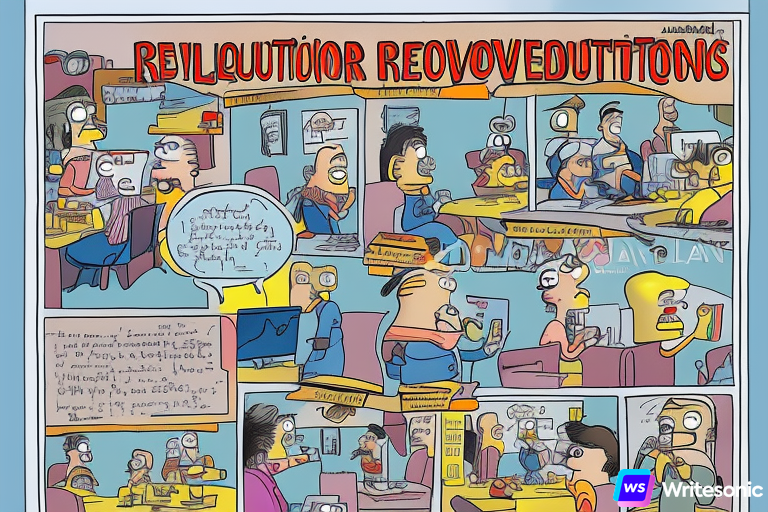What You Know About Learning Theory In Design And What You Don’t Know About Learning Theory In Design
For the past two decades, instructional designers have had access to new theories that have been developed to describe the acceptance of technology into learning. One such theory is connectivism. This theory has been praised as an” effort in the digital era to produce a relevant learning theory” (Kaufman & Mann, 2007).
Siemens (2011) contended that “information technology created a new paradigm in the traditional learning environment that necessitated a new learning theory” (Siemens, 2011). One rationale for the creation of connectivism in the digital age is most learning environments are “intertwined, technological, and social in nature” (Kaufman & Mann, 2007). Instructional designers have facilitated learners to access a wealth of information resources; for instance, “online libraries, peer-reviewed journals, and book reference services along with social media, sharing, and Web 2.0 tools” (Lemke, Coughlin, Garcia, Reifsneider, & Baas, 2009).
A New Learning Theory
Connectivism may have been the inspiration for addressing the shortcomings that many higher education institutions faced in the management of online courses, with its natural pairing of technology and pedagogy. In a recent and unprecedented collaboration between Stanford, Princeton, and Yale Universities (Coursera), as well as Harvard University and the Massachusetts Institute ofTechnology (edX), these “MOOC providers have reported student enrollments in the millions” (Yeager, Hurley-Dasgupta, & Bliss, 2013). In the practical application of connectivist learning theory, “knowledge that existed in the network had to be linked with the appropriate people and in the correct setting for it to be accurately used” (Kaufman & Mann, 2007). The expansion of “rich site summary (RSS), and related technologies, for example, Twitter was characteristic of a move toward aggregation from numerous sources and made it accessible or educational needs” (Hilton, 2006).
Lindner (2006) noted that “microcontent and information was being aggregated by individuals to produce new understandings”. According to Fini (2009), in a MOOC named Connectivism and Connective Knowledge, regardless of the “wealth of technologies that were proposed by the course instructors, it appeared that the daily aggregation of information of course materials was favored by students, rather than the multi-faceted course software options”.
ID and Learning Theory
Instructional designers must have a good grasp of technology and study all pedagogical approaches. These approaches are of a more conventional nature, such as behavioral, developmental, constructivist, and cognitive theories. These theories existed well before the “onset of the information technology era that introduced the internet” (Dunaway, 2011; Kaufman & Mann, 2007).
Instructional designers can use a variety of learning theories but need to acknowledge that connectivism as a theory of learning changed the way modern education is perceived (Dunaway, 2011). The association between knowledge, education, and experience is the aspect of connectivism, which has facilitated the conversation beyond technology to the current meaning of what good instructional design is and how technology can expedite it.
References
Dunaway, M. K. (2011). Connectivism: Learning theory and pedagogical practice for networked information landscapes. Reference Services Review, 39, 675-685. http://dx.doi.org/10.1108/00907321111186686
Fini, A. (2009). The technological dimension of a massive open online course: The case of the CCK08 course tools. The International Review of Research in Open and Distance Learning, 10(5).
Hilton, J. (2006). The future for higher education: Sunrise or perfect storm? Educause Review,41(2), 58–71.
Kaufman, D. M., & Mann, K. V. (2007).Teaching and learning in medical education: How theory can inform practice. In T. Swanwick (Ed.), Understanding medical education: Evidence, theory and practice. Oxford, UK: Wiley-Blackwell. http://dx.doi.org/10.1002/9781444320282.ch2
Lee, H. J., Messom, C., & Yau, K.-L. A. (2013). Can an electronic textbooks be part of k-12 education? Challenges, technological solutions and open issues. Turkish Online Journal of Educational Technology-TOJET, 12, 32-44. Retrieved from http://files.eric.ed.gov/fulltext/EJ1008864.pdf
Lemke, C., Coughlin, E., Garcia, L., Reifsneider, D., & Baas, J. (2009). Leadership for web 2.0 in education: promise and reality. Culver City, CA: Metiri Group.
Lindner, M. (2006). Use these tools, your mind will follow. Learning in immersive micromedia and microknowledge environments. In D. Whitelock & S. Wheeler (Eds.), The Next Generation: Research Proceedings of the 13th ALT-C Conference (pp. 41–49). Oxford, England: Association for Learning Technology.
Siemens, G. (2011). Making sense of complexity in open information environments. London, UK: Routledge.
Siemens, G., & Downes, S. (2008). Connectivism & connective knowledge. Universidad de Manitoba.
Yeager, C., Hurley-Dasgupta, B., & Bliss, C. A. (July 01, 2013). cMOOCs and global learning: An authentic alternative. Journal of Asynchronous Learning Networks, 17, 2, 133-147. Retrieved from http://files.eric.ed.gov/fulltext/EJ1018269.pdf


